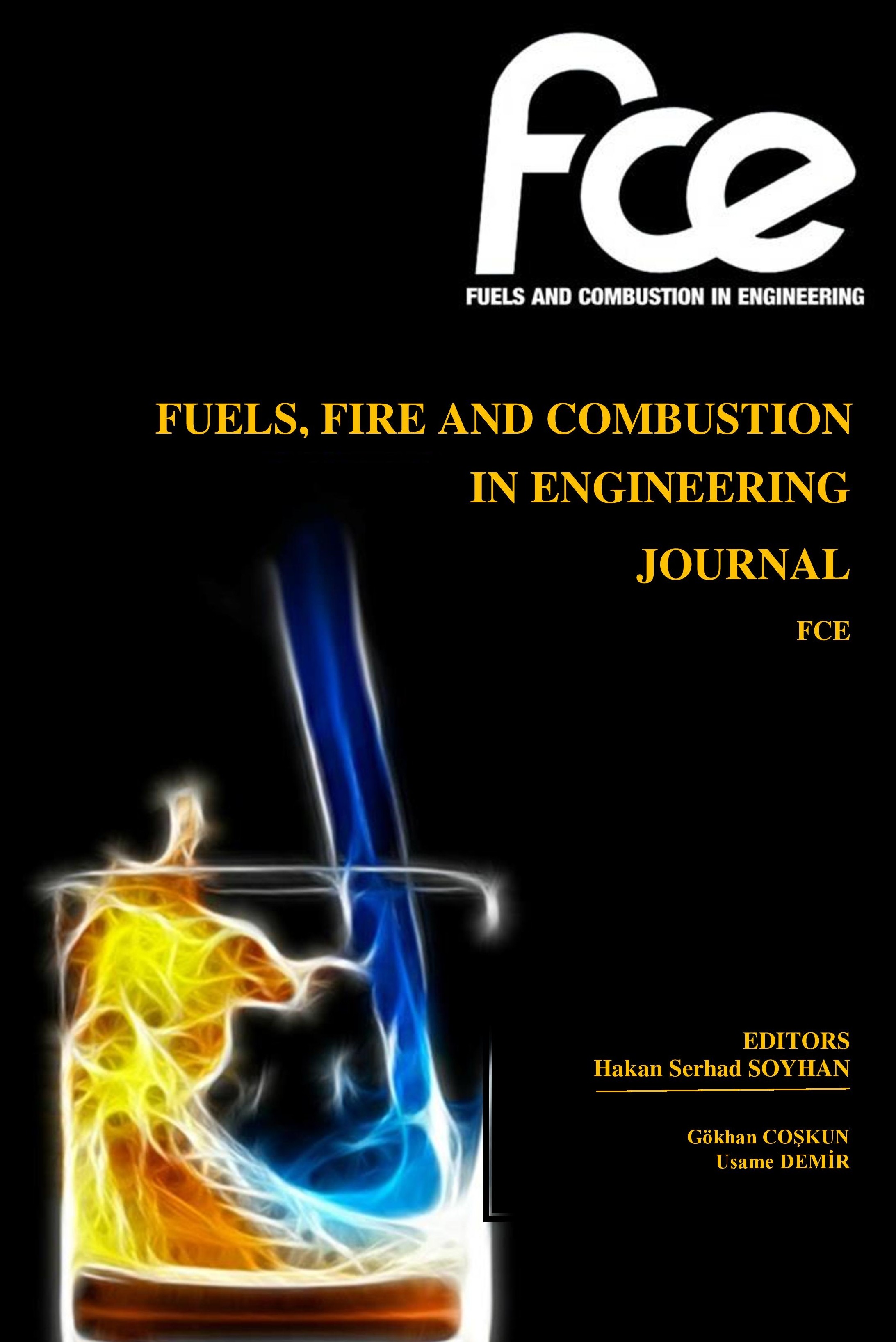A NUMERICAL STUDY OF NO AND SOOT FORMATION IN AN AUTOMOTIVE DIESEL ENGINE FUELED WITH DIESEL-BIODIESEL BLENDS
A NUMERICAL STUDY OF NO AND SOOT FORMATION IN AN AUTOMOTIVE DIESEL ENGINE FUELED WITH DIESEL-BIODIESEL BLENDS
Diesel Combustion, Biodiesel, NO and Soot Formation,
- ISSN: 2564-6435
- Başlangıç: 2016
- Yayıncı: Hakan Serhad SOYHAN
3D COLD FOLLOW SIMULATION INSIDE INTAKE MANIFOLD AND CYLINDER OF AN IC ENGINE
Bilge Albayrak ÇEPER, Melih YILDIZ, Vedat DEMIRTAS, Hakan Serhad SOYHAN, Nafiz KAHRAMAN
Enes Fatih PEHLIVAN, İsmail ALTIN, Hakan Serhad SOYHAN
THERMAL PERFORMANCE ANALYSES OF WATER BASED CuO-TiO2 HYBRID NANOFLUID FLOW IN A HORIZONTAL TUBE
Toygun DAGDEVIR, Veysel OZCEYHAN
KETENCİK BİYODİZELİNİN ÜRETİMİ VE COMMON RAİL ENJEKSİYON SİSTEMLİ BİR MOTORUN EMİSYONLARINA ETKİSİ
TERMOELEKTRİK SİSTEMLİ YEMEK TAŞIMA MODÜLÜ TASARIMI VE ANALİZİ
EXPERIMENTAL INVESTIGATION OF USING LNG IN VEHICLES
Nafiz KAHRAMAN, Mehmet Ali BEKTUR, Hayrettin ATAY
Müjdat FIRAT, Şehmus ALTUN, Yasin VAROL
CI ENGINE MODELING AND EXPERIMENTAL STUDIES FOR LOWER EXHAUST EMISSIONS
Mehmet Zafer GUL, Mustafa YILMAZ, Hasan KÖTEN, İsmail Hakki SAVCI
TAŞIYICI-YÜKLEYİCİ BİR İŞ MAKİNESİ İÇİN DİFRANSİYEL DİŞLİ KUTUSU TASARIMI
Tuncay KAZAR, Cihan ASAL, Hakan Serhad SOYHAN, Vedat DEMIRTAS
INVESTIGATION OF SMALL WIND TURBINE AIRFOILS FOR KAYSERI WEATHER CONDITIONS
